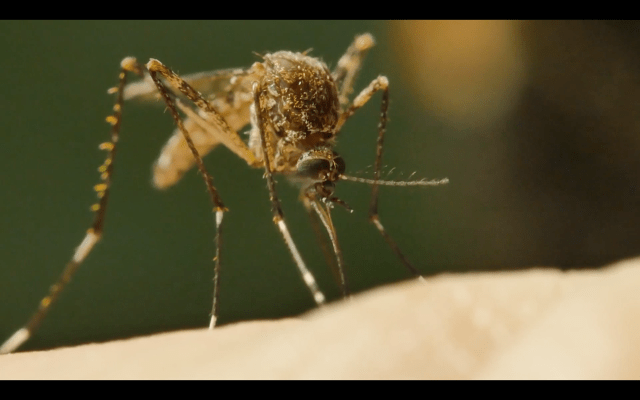Buzzing Danger: Mosquito Invasion Looms as Rain and Heat Create Perfect Breeding Ground

As summer approaches, Austin Public Health (APH) is sounding the alarm for residents to gear up for what could be a challenging mosquito season. The combination of rising temperatures and recent rainfall has created a perfect storm of conditions for mosquito breeding, potentially increasing the risk of mosquito-borne diseases.
Local health officials are urging Austin residents to take proactive steps to protect themselves and their communities. The warm, wet environment provides an ideal habitat for mosquitoes to multiply rapidly, raising concerns about potential health risks.
Experts recommend several key strategies to minimize mosquito populations and personal exposure:
• Eliminate standing water around homes and properties
• Use EPA-approved insect repellents
• Wear long-sleeved clothing during peak mosquito hours
• Ensure window and door screens are intact
• Consider professional mosquito control services
By staying informed and taking preventative measures, Austin residents can help reduce the mosquito population and protect themselves from potential disease transmission. APH will continue to monitor the situation and provide updates to the community throughout the season.
